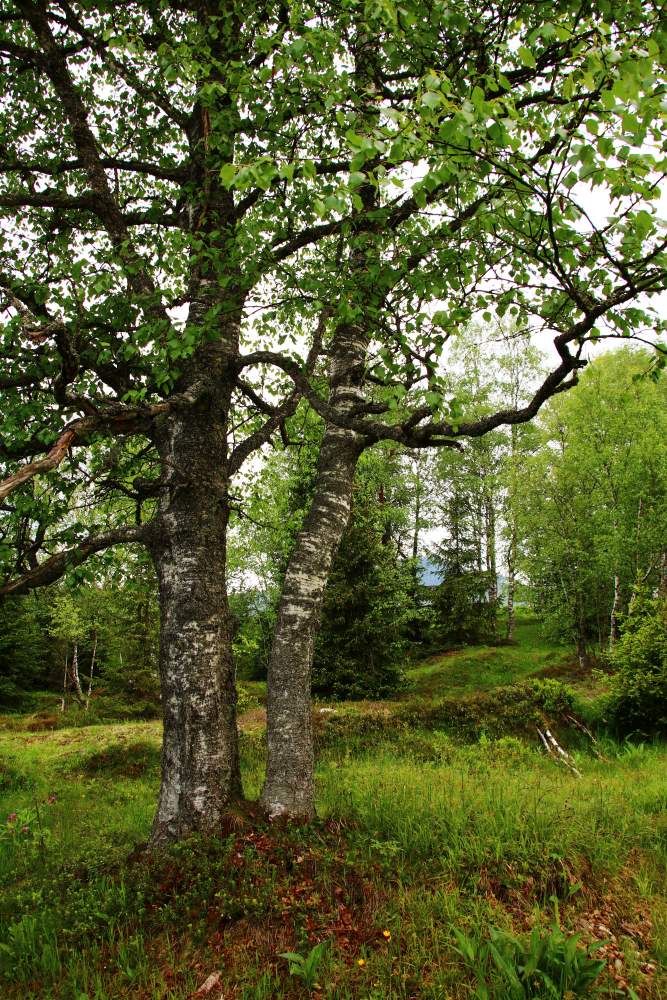
— Downy Birch
A deciduous broadleaf tree native to the UK and northern Europe and northern Asia.
Downy birch is found on damper soils than silver birch, and can even tolerate waterlogged or peaty conditions. Its range is more northerly and western than silver birch, and it can grow at higher elevations. Mature trees can grow up to 30 meters tall forming a light canopy with elegant dropping branches.
Further Information
Birch woods (which may include downy or silver birch, or both) have a light, open canopy, providing the perfect conditions for grasses, mosses, wood anemone, bluebells, wood sorrel and violets to grow.
Downy birch provides food and habitat for more than 300 insect species – the leaves attract aphids, providing food for ladybirds and other species further up the food chain, and are also a food plant for the caterpillars of many moths, including the angle-shades, buff tip, pebble hook-tip, and Kentish glory. Birch trees are particularly associated with specific fungi including fly agaric, woolly milk cap, birch milk cap, birch brittlegill, birch knight, chanterelle and the birch polypore (razor strop).
Woodpeckers and other hole-nesting birds often nest in the trunk, while the seeds are eaten by siskins, greenfinches and redpolls.
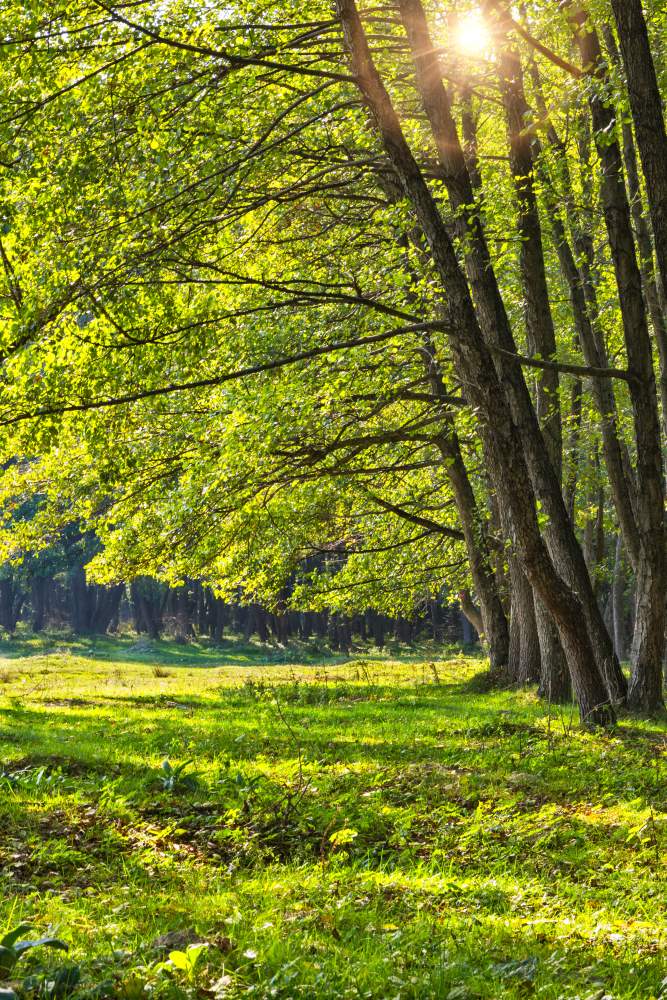
— Alder
Native to Britain and is also found throughout Europe as far as Siberia.
Alder is particularly noted for its important symbiotic relationship with a nitrogen-fixing bacterium called Frankia alni. This bacterium is found in the root nodules. The bacterium absorbs nitrogen from the air and makes it available to the tree. Alder, in turn, provides the bacterium with sugars, which it produces through photosynthesis. As a result of this mutually beneficial relationship, alder improves the fertility of the soil where it grows, and as a pioneer species, it helps provide additional nitrogen for the successional species which follow.
Further Information
Alder is the food plant for the caterpillars of several moths, including the alder kitten, pebble hook-tip, the autumnal and the blue bordered carpet moth. Catkins provide an early source of nectar and pollen for bees, and the seeds are eaten by the siskin, redpoll and goldfinch.
The wet conditions found in alder woodland are ideal for a number of mosses, lichens and fungi, along with the small pearl-bordered fritillary and chequered skipper butterflies, and some species of crane fly. Alder roots make the perfect nest sites for otters.
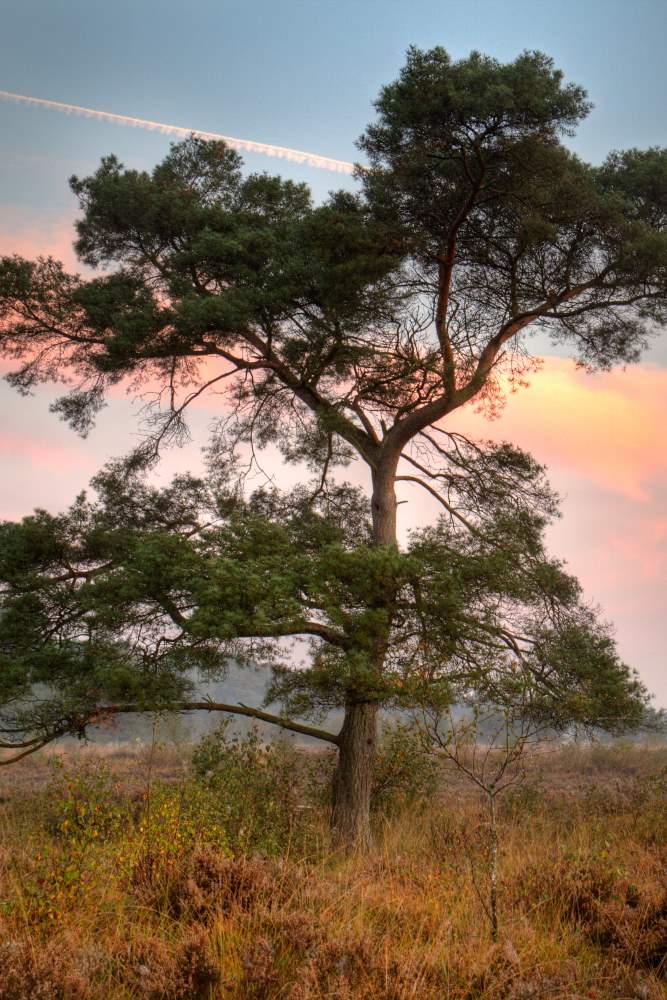
— Scots Pine
An evergreen conifer native to northern Europe, and is one of just three conifers native to the UK.
In 2014, a consultation to choose a national tree for Scotland found that the Scots pine was the clear favourite, with more than 52% of all responses opting for the tree. The decision has been widely seen as important recognition for the country’s trees and woodland which face increasing threats from climate change, pests and diseases.
Further Information
The Caledonian Forest is a priority habitat under the UK Biodiversity Action Plan and is home to rare species such as the creeping lady’s tresses and lesser twayblade orchids, the Scottish wood ant and Rannoch looper, and the capercaillie, crested tit and Scottish crossbill. Mammals include the red squirrel, pine marten and Scottish wildcat.
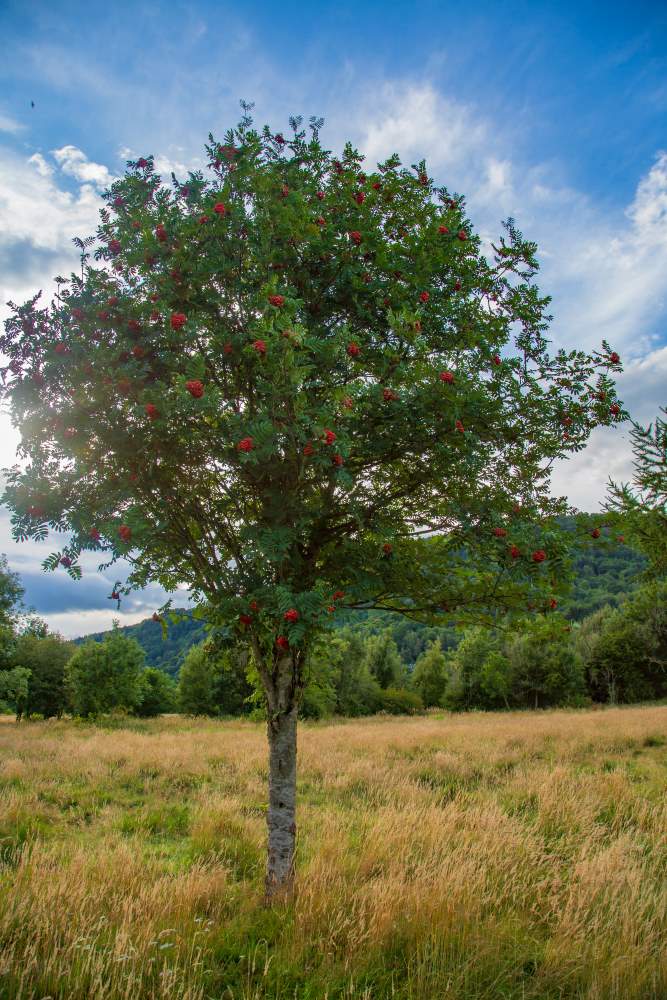
— Rowan
Native to the UK and northern and western Europe.
Rowan is also known as the mountain ash, due to the fact that it grows well at high altitudes and its leaves are similar to those of ash, Fraxinus excelsior. However, the two species are not related.
Further Information
The leaves are eaten by caterpillars of a number of moths, including the larger Welsh wave and autumn green carpet. Caterpillars of the apple fruit moth feed on the berries. Flowers provide pollen and nectar for bees and other pollinating insects, while the berries are a rich source of autumn food for birds, especially the blackbird, mistle thrush, redstart, redwing, song thrush, fieldfare and waxwing.
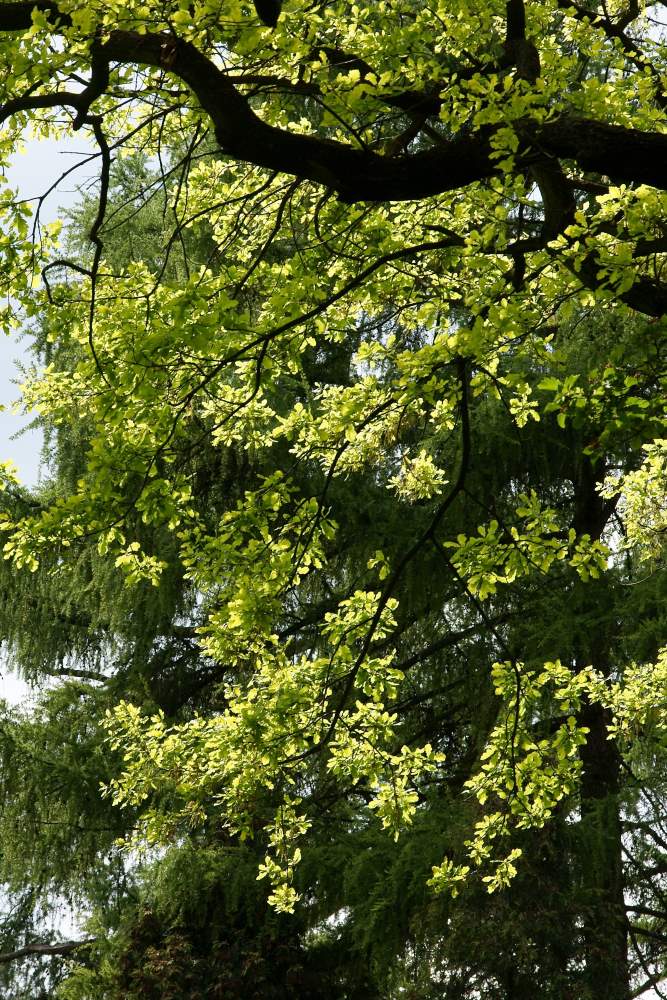
— Sessile Oak
A deciduous broadleaf tree native to the UK and most of Europe.
The sessile oak is so-named because, unlike the English, or pedunculate oak, its acorns are not carried on stalks (peduncles) but directly on the outer twigs (sessile).
Further Information
Whether sessile or pedunculate, oak trees support more wildlife than any other native trees. They provide a habitat for more than 280 species of insect, which provides food for birds and other predators. The bark also provides a habitat for mosses, lichens and liverworts, and deadwood cavities for nesting birds and roosting bats. The acorns are eaten by a number of birds and mammals including the jay, badger and red squirrel.
Flower and leaf buds of English oak and sessile oak are the foodplants of the caterpillars of purple hairstreak butterflies.
The soft leaves break down with ease in autumn and form a rich leaf mould beneath the tree, supporting beetles and numerous fungi, such as the oakbug milkcap.
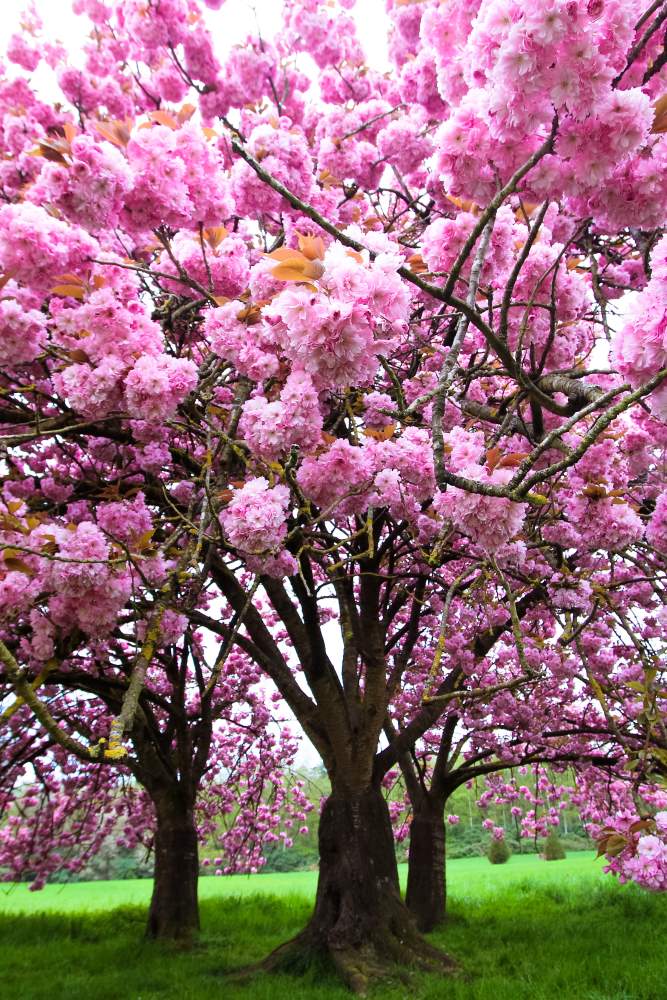
— Wild Cherry
Thought to be the most ornamental of our native broadleaf woodland trees.
Although the seeds are distributed by mammals and birds, cherry trees can also propagate themselves by root suckers.
Further Information
The spring flowers provide an early source of nectar and pollen for bees, while the cherries are eaten by birds including the blackbird and song thrush, as well as mammals such as the badger, wood mouse, yellow necked mouse and dormouse.
The foliage is the main food plant for caterpillars of many species of moth, including the cherry fruit and cherry bark moths, the orchard ermine, brimstone and short cloaked moth.
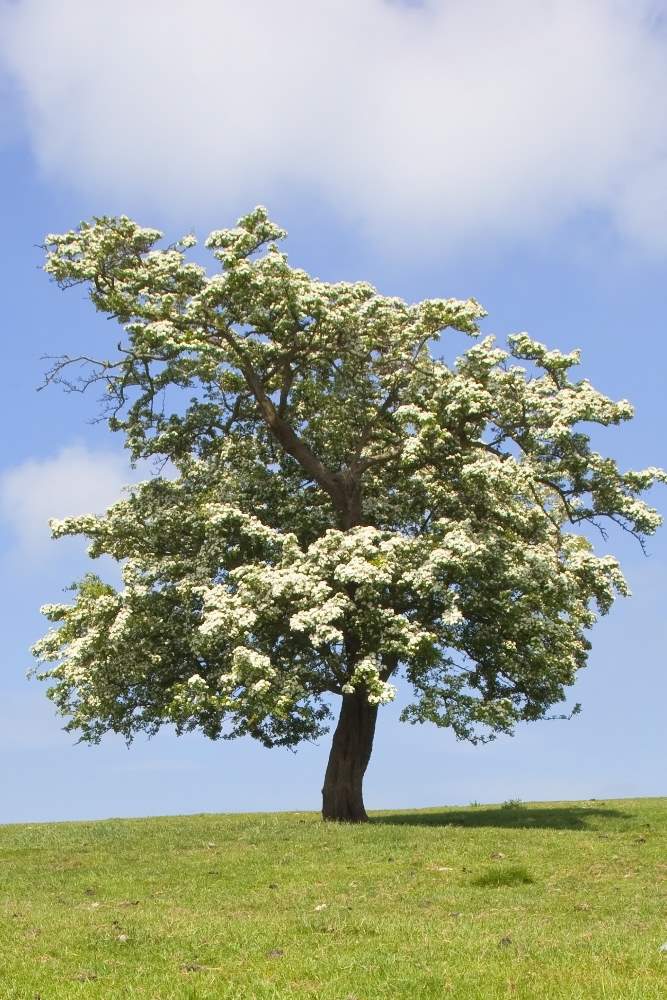
— Hawthorn
A deciduous tree native in the UK and across Europe.
Also known as the May-tree due to its flowering period, it is the only British plant named after the month in which it blooms.
Further Information
Common hawthorn can support more than 300 insects and is the foodplant for caterpillars of many moths. Its flowers are eaten by dormice and provide nectar and pollen for bees and other pollinating insects. The haws are rich in antioxidants and are eaten by many migrating birds such as redwings, fieldfares and thrushes, as well as small mammals. The dense thorny foliage makes fantastic nesting shelter for many species of bird.
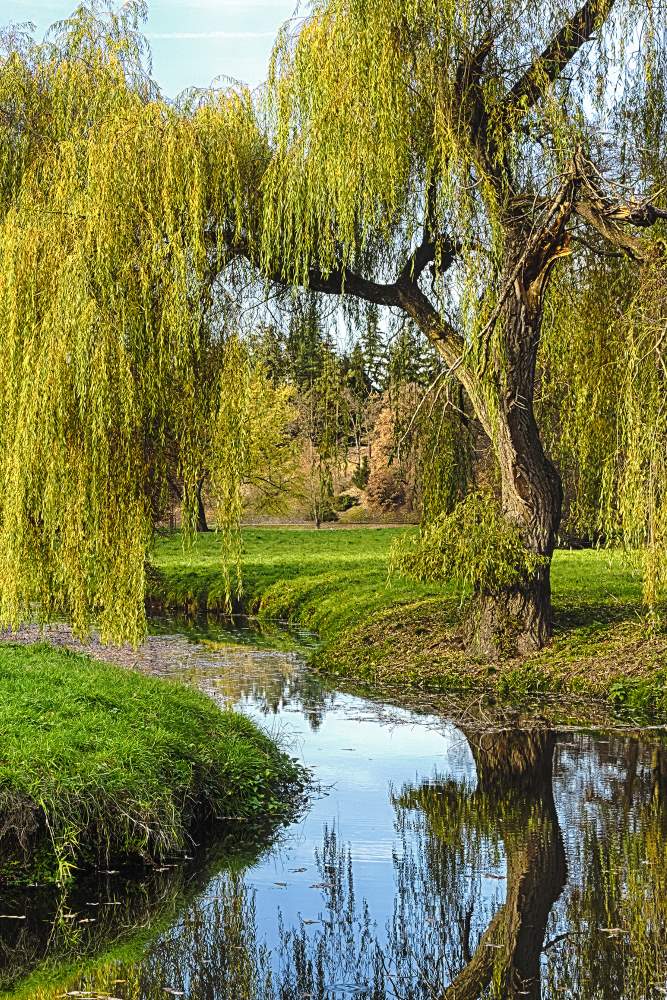
— Willow
A deciduous broadleaf tree.
Mature trees grow to 25m and often have an irregular, leaning crown. The bark is grey-brown and develops deep fissures with age, and twigs are slender, flexible and grey-brown.
Further Information
Caterpillars of a number of moth species feed on the foliage, including the puss moth, eyed hawk-moth and red underwing. The catkins provide an important source of early nectar and pollen for bees and other insects, and the branches make good nesting and roosting sites for birds.


